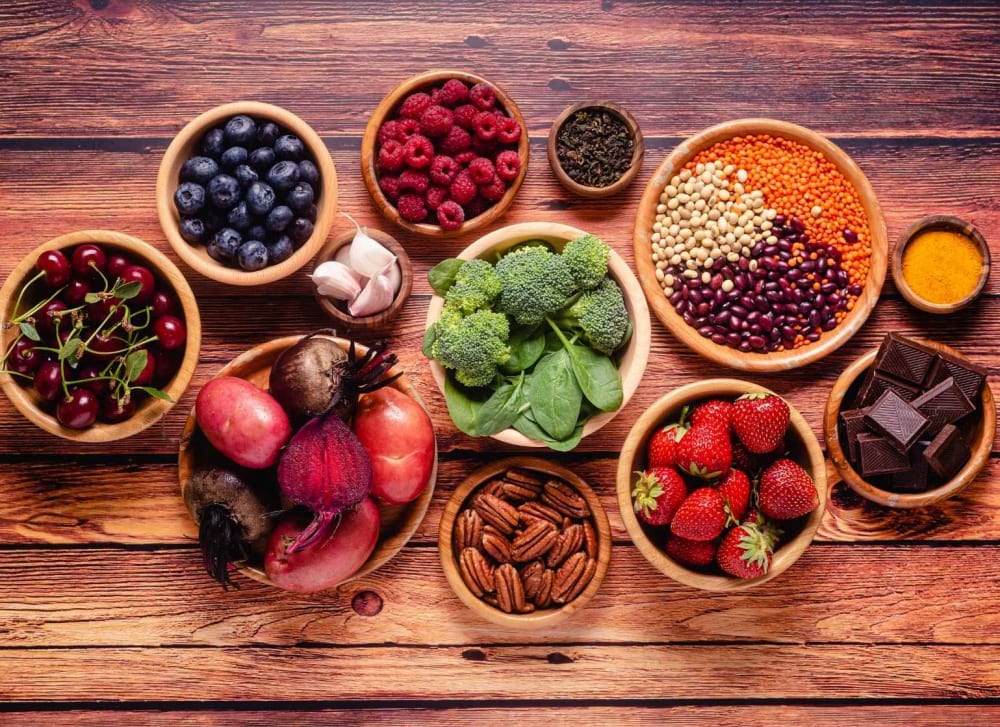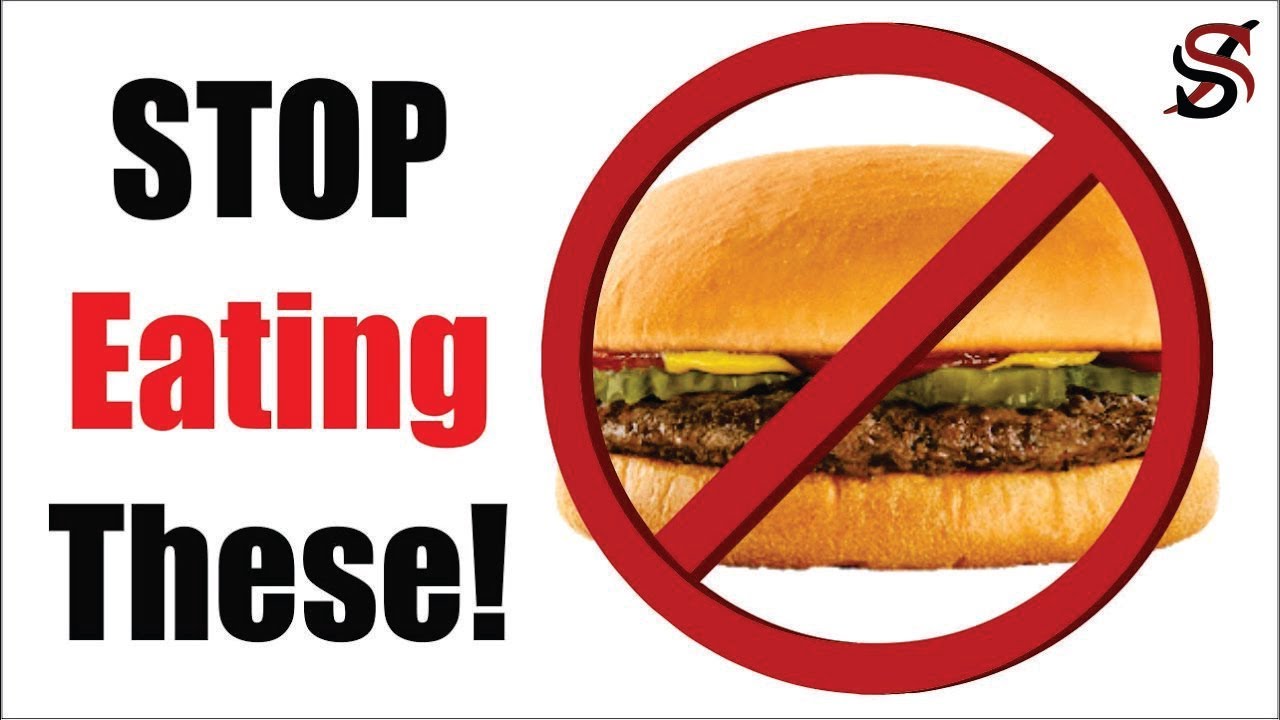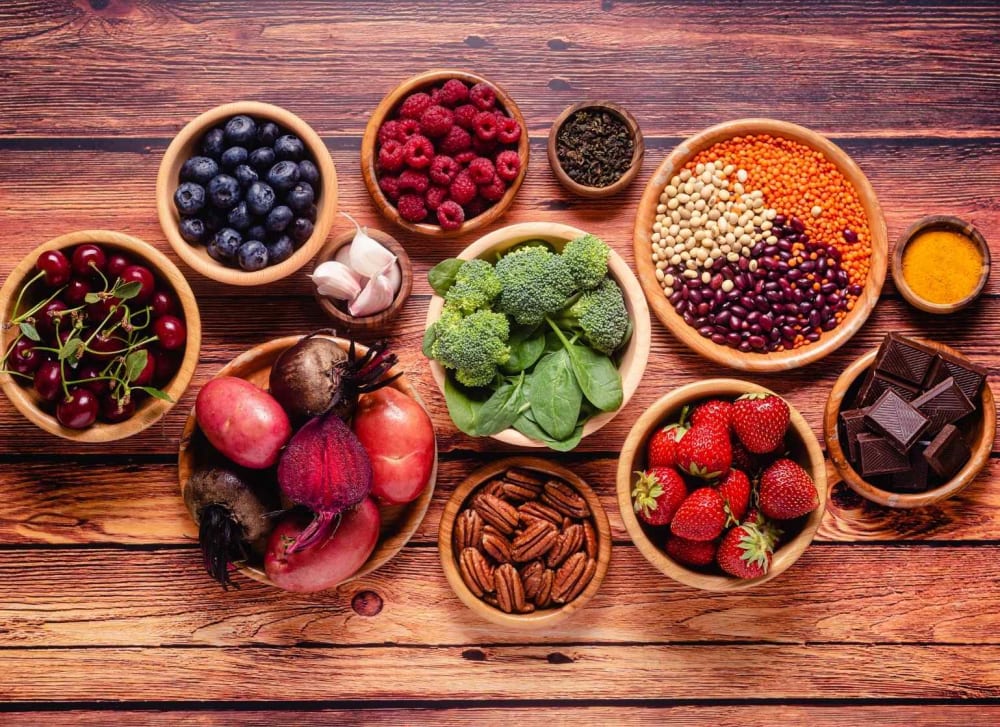
While outbreaks of foodborne illness are almost always preventable, there are some ways you can minimize the risk. It is possible to reduce the risk by practicing good hygiene. For example, wash your hands before you touch any food. This will help to prevent pathogens contaminating other foods. Use soap and water and scrub your hands for 20 seconds. Check to ensure that the food you are eating is cooked properly if you are dining out. You can throw out any uncooked food if you aren't sure.
In addition to following proper hygiene, you should also be aware of the food you're eating. Food poisoning is possible if you consume raw meat, poultry and eggs. These products should be avoided in order to avoid food poisoning. Before you use fruits or vegetables, be sure to wash them thoroughly. You might be eligible for a virtual appointment with a doctor within 15 minutes depending on the state you live in.
Wash your hands often and take note of the temperature. Toxins and bacteria can be present in raw meat, fish, or poultry. Ensure that your dishes are fully cooked to kill any harmful pathogens. If in doubt ask for another plate. When you're dining at a restaurant make sure you wash your hands before you start to prepare the food. Keep perishable foods refrigerated as soon as you can. If you aren't sure what symptoms to expect visit your urgent care or emergency room.

Keep your hands clean and don't touch food. The manufacturing of food can allow bacteria and viruses to enter the food. These bacteria may originate in farms or kitchens where the foods are grown. Handling food can also spread germs. Even the most fresh food can be contaminated. It is crucial to remember these things and adhere to the proper hygiene practices. This can help you avoid contracting food poisoning.
The symptoms of food poisoning vary from mild to severe. These symptoms can occur immediately after eating contaminated foods or may take up to a few hours. Also, it is important to wash your hands when handling raw meat. It is best to not place raw meat on the counters or in sinks. This can increase the likelihood of you getting food poisoning from the bacteria. However, if you have already consumed the food, then you're still at high risk for getting it from somewhere.
Hand washing is the best method to prevent food poisoning. It is important to wash your hands properly and avoid eating raw meats and dairy products. It is important to not touch food that has been cooking for a while. For instance, when preparing meat, the bacteria will live longer on your hands, so it's crucial to wash your hands before you eat it.
Refrigerated and frozen food are best. Washing fruits and vegetables properly is a must. If you're cooking, you should wash fruits and vegetables properly. These foods may contain bacteria. Before you cook them, wash them. You can prepare them best with a towel or cloth made of paper. A kitchen mat is a great place to store your food.

Eat out often to reduce your risk of food poisoning. Make sure to eat at a trusted restaurant and get a good steak. Make sure you don't make the food yourself. You can't be certain that your food will be safe. You should also check for signs and symptoms of bacterial contamination, as well as ensure that the food is properly cooked.
Food poisoning can cause diarrhea, stomach cramps, vomiting, and even death. These symptoms may be present several hours after eating. However, they will usually go away on their own. If you have had recent travel, be sure to pack your food in a cooler and an insulated bag. Traveling by car? Make sure it's air-conditioned. Bring water, especially if you don't have the money. You'll stay hydrated and avoid salmonella.
FAQ
How can I lower my blood pressure
It is important to first understand what high blood pressure is. Next, you will need to determine what is causing high blood pressure. This could be as simple as eating less salt, losing weight, taking medications, etc.
It is important to ensure that you get enough exercise. Walking is a great alternative if you don't have the time or energy to exercise regularly.
You should join a gym if you are unhappy with your exercise routine. It's likely that you will want to join a gym with other people who are working towards the same goals as you. You will find it easier to keep to a workout schedule if you have someone to watch you at the gym.
How does an antibiotic work?
Antibiotics are medications that kill harmful bacteria. To treat bacterial infections, antibiotics are used. There are many different types of antibiotics. Some can be taken orally while others are injected. Others are topically applied.
Many people who have been exposed can be prescribed antibiotics. One example is if someone has had chickenpox and wants to prevent shingles. For those with strep-thorphritis, an injection of penicillin could be administered to prevent them from getting pneumonia.
If antibiotics are to be administered to children, they must be prescribed by a doctor. Children are at greater risk than adults for developing serious side effects from taking antibiotics.
Diarrhea, the most common side-effect of antibiotics, is probably diarrhea. Other possible side effects include stomach cramps, nausea, vomiting, allergic reactions, headaches, dizziness, and rashes. These side effects usually disappear once treatment has ended.
What is the healthiest lifestyle to life?
Living a healthy lifestyle is one that encourages you to eat well, exercise regularly, get enough sleep, and avoids stress. If you follow these guidelines, you will be able to lead a long and healthy life.
Starting small can make a big difference in your diet, and even your exercise routine. If you're looking to lose weight, walk for 30 minutes each morning. For more activity, you can try swimming or dancing. You could also join an online fitness program like Fitbit or Strava that tracks your activity levels.
What is the problem of BMI?
BMI stands for Body Mass Index. This is a measure of body fat that is calculated based on height or weight. The following formula is used to calculate BMI:
The weight of a kilogram divided by its squared height in meters.
The score is expressed as a number between 0 and 25. A score of 18.5 or higher indicates overweight, while a score of 23 or higher indicates obesity.
A person who weighs 100 kg and has a height of 1.75 m will have a BMI of 22.
What is the difference of fat and sugar?
Fat is an energy source from food. Sugar is a sweet substance found naturally in fruits and vegetables. Both fats, as well sugars, provide the same number calories. But, fats have more calories than sugars.
Fats are stored within the body and can contribute to obesity. They can cause cholesterol buildup, which can lead you to heart attacks and strokes.
Sugars are quickly absorbed by the body and provide instant energy. This causes blood glucose levels rise. High blood glucose levels can lead to type II diabetes.
Here are 7 ways to live a healthy lifestyle.
-
Make sure you eat right
-
Exercise regularly
-
Sleep well
-
Make sure to drink plenty of water.
-
Get enough rest
-
Be happy
-
Smile often
Statistics
- nutrients.[17]X Research sourceWhole grains to try include: 100% whole wheat pasta and bread, brown rice, whole grain oats, farro, millet, quinoa, and barley. (wikihow.com)
- In both adults and children, the intake of free sugars should be reduced to less than 10% of total energy intake. (who.int)
- The Dietary Guidelines for Americans recommend keeping added sugar intake below 10% of your daily calorie intake, while the World Health Organization recommends slashing added sugars to 5% or less of your daily calories for optimal health (59Trusted (healthline.com)
- WHO recommends consuming less than 5% of total energy intake for additional health benefits. (who.int)
External Links
How To
How to Live a Healthy Lifestyle
Healthy lifestyle means you can maintain your weight, health, and fitness. It's a way of living that includes eating well, exercising regularly, getting enough sleep and avoiding harmful substances such as alcohol, caffeine, tobacco, drugs, and so on. Healthy living can help you feel better about yourself and keep you fit. You are also less likely to develop chronic diseases such heart disease and stroke, diabetes or cancer.
This project had the main objective of providing a step-by–step guide to living a healthier lifestyle. The introduction is the first part of this project. This explains why healthy living should be encouraged and who it should help. Then I wrote the body paragraphs. They contain various tips on how you can maintain a healthy lifestyle. The conclusion summarizes the article and offers additional resources if necessary.
I was able to learn how concisely and clearly I could write my paragraphs through this assignment. Also, I learned how to organize my ideas into topic sentences and supporting details. Furthermore, I was able to improve my research skills by being able to identify specific sources and correctly cite them. I also learned how to write with proper grammar.